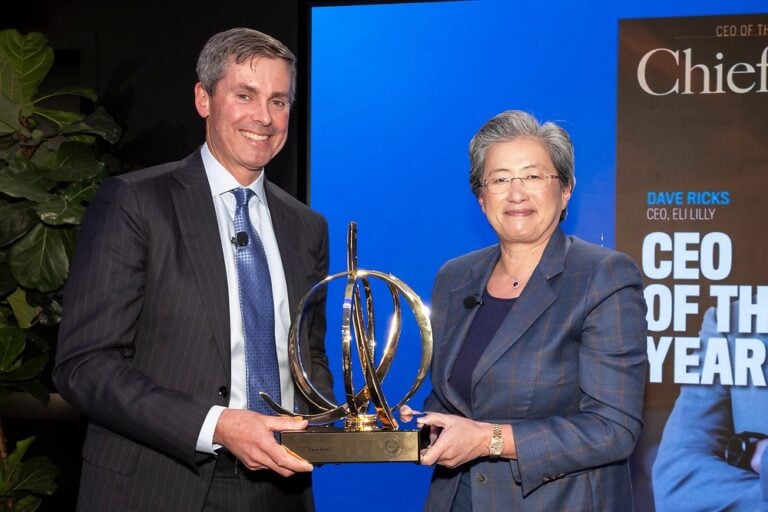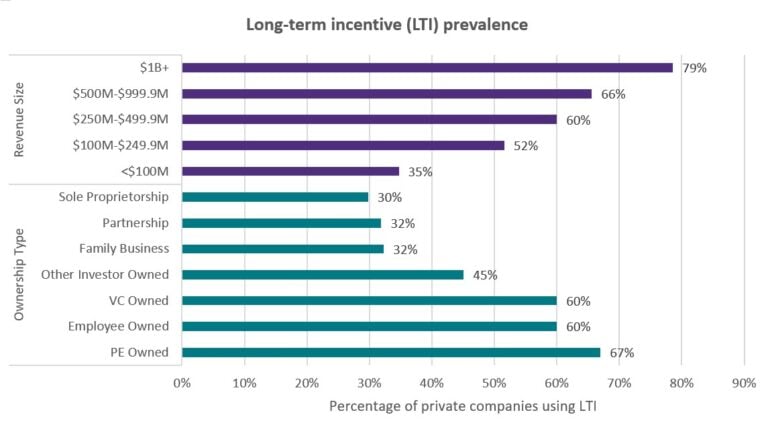
Companies are always keen to cut costs, but none enjoy making the tough cuts that result in just a small percentage of category reductions. This comes as new competition, rapid product lifecycles, and mega industry shifts are making it increasingly urgent for companies to free up cash to accelerate growth, whether through acquisitions, product innovation or digital technologies. In short, companies need to rethink their approaches to cost reduction – and fast.
The problem? Companies are chasing incremental savings when they could be radically shifting cost curves and creating new value to fuel sustained growth. This is forcing supply chain executives into an endless loop. They constantly try to eke out 3 to 4 percent in savings year after year, but most never see this materialize on the bottom line for cost of goods sold (COGS). In fact, research from Accenture Strategy found that only 1 in 3 operations executives strongly agree they see the results of cost reduction initiatives on their P&L statements.
A needed solution lies in the zero-based supply chain (ZBSC) – part of a new, zero-based mindset (ZBx) aimed at helping companies capture supply chain value in the wake of cost pressures, challenges to profitability and industry disruption. Experience finds that a zero-based approach can drive 5 to 10 percent rapid COGS savings and a COGS to revenue ratio of up to 600 to 800 basis points over time.
“Always be on the hunt for isolated savings that can be reincorporated into the budget.”
Whereas old methods rely on cost targets based on yesterday’s realities, ZBSC is a sustainable reset of a company’s cost baseline. Rather than drawing from years-old data, it identifies COGS “should costs” as well as cost reduction opportunities across price, performance and value engineering, while optimizing product and service complexity. ZBSC is more than hunting down old costs in new ways. It requires a complete mindset shift, and efforts that span an entire organization.
Here are a few building blocks that can make zero-based supply chain a reality for your organization:
As 2018 ushers in a new set of shifts and headwinds, companies can no longer push for the next percent of “hoped-for” savings. They must embed a new way of working that constantly fosters new ideas about where and how to capture value, which can constantly be funneled back to growth. In the year ahead, applying the principles of ZBSC can provide a needed new way for companies to deliver superior performance at the right cost – while fueling growth and increasing competitiveness




0

1:00 - 5:00 pm
Over 70% of Executives Surveyed Agree: Many Strategic Planning Efforts Lack Systematic Approach Tips for Enhancing Your Strategic Planning Process
Executives expressed frustration with their current strategic planning process. Issues include:
Steve Rutan and Denise Harrison have put together an afternoon workshop that will provide the tools you need to address these concerns. They have worked with hundreds of executives to develop a systematic approach that will enable your team to make better decisions during strategic planning. Steve and Denise will walk you through exercises for prioritizing your lists and steps that will reset and reinvigorate your process. This will be a hands-on workshop that will enable you to think about your business as you use the tools that are being presented. If you are ready for a Strategic Planning tune-up, select this workshop in your registration form. The additional fee of $695 will be added to your total.

2:00 - 5:00 pm
Female leaders face the same issues all leaders do, but they often face additional challenges too. In this peer session, we will facilitate a discussion of best practices and how to overcome common barriers to help women leaders be more effective within and outside their organizations.
Limited space available.

10:30 - 5:00 pm
General’s Retreat at Hermitage Golf Course
Sponsored by UBS
General’s Retreat, built in 1986 with architect Gary Roger Baird, has been voted the “Best Golf Course in Nashville” and is a “must play” when visiting the Nashville, Tennessee area. With the beautiful setting along the Cumberland River, golfers of all capabilities will thoroughly enjoy the golf, scenery and hospitality.
The golf outing fee includes transportation to and from the hotel, greens/cart fees, use of practice facilities, and boxed lunch. The bus will leave the hotel at 10:30 am for a noon shotgun start and return to the hotel after the cocktail reception following the completion of the round.